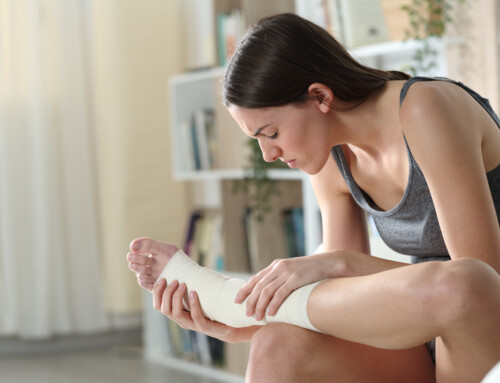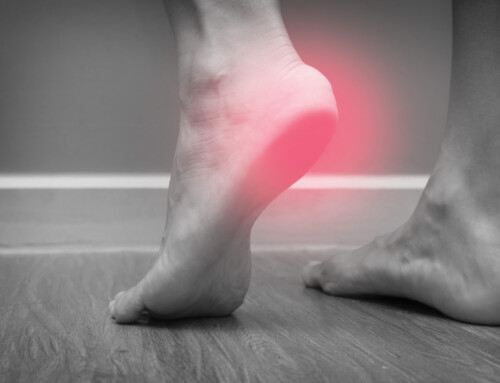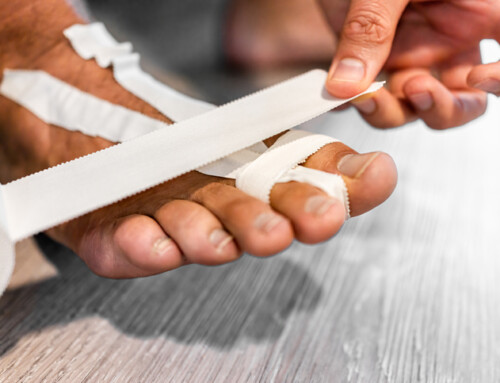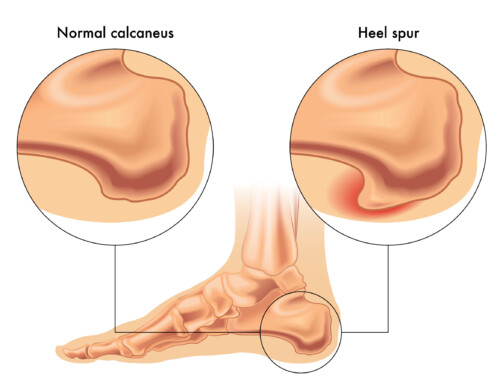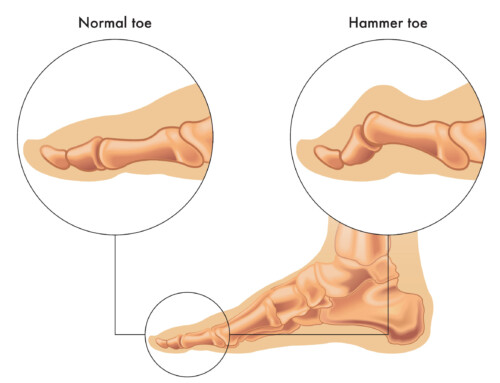By Jen Mirdita, SPT
What is Toe Walking?
Toe walking occurs when a child walks on their toes and the balls of their feet rather than allowing their whole foot to contact the ground. When an infant is just learning to walk, it is not uncommon for them to toe walk. Typically, as they continue to develop, a normal walking pattern emerges and toe walking ceases. By around 18 months of age, or after a child has been walking independently for six months, it is normal for a child to demonstrate a consistent heel strike while walking. There are instances where children may continue to rely on this walking method for a prolonged period of time.
Although toe walking may sometimes be correlated with neurological diagnoses including cerebral palsy and muscular dystrophy which affect the way that muscles activate, this walking pattern is commonly the result of habit rather than any worrisome condition. When toe walking persists after 2-3 years in the absence of any other pathology, it is considered Idiopathic Toe Walking (ITW), meaning it occurs with no known cause. One study showed that most children who present ITW had a normal birth weight, began walking on time and immediately incorporated toe walking in their gait development, stood with their feet flat on the ground, and were capable of normal heel-toe gait when they were instructed, and only toe walk intermittently.1
How Can PT Help?
If you have any concerns about your child’s walking habits, a physical therapy examination may be beneficial. Examinations are intended to encapture a full picture of your child and include, but are not limited to the following:
- Obtaining a comprehensive history of your child’s development
- Assessing passive and active range of motion of the ankle joint to investigate any muscular involvement
- Observing posture and biomechanics of each joint in the body
- Assessing stability and balance in the child during dynamic movements
- Observing gait
- Ruling out any other possible pathologies which may require further screening
Upon assessment, if PT is indicated, a plan of care will be constructed to address any impairments and functional limitations noted. Typically, PT in this population consists of improving active and passive range of motion as necessary, encouraging heel weight bearing activities, exercises to address strength imbalances, and stability activities to promote healthy movement patterns.
References:
Sobel E, Caselli M, Velez z. Effect of persistent toe walking on ankle equinus. J Am Podiatr Med Assoc. 1997 Jan; 87(1):18-22.


